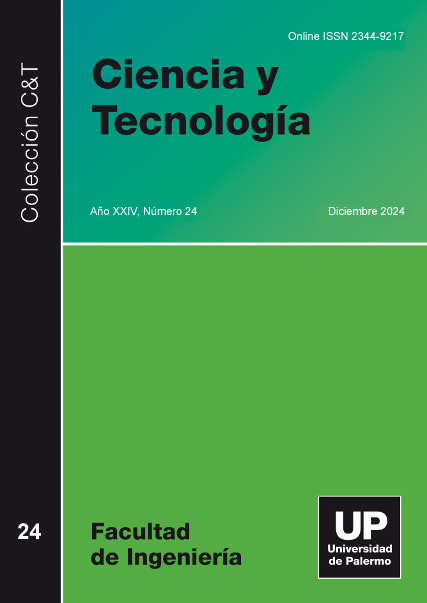Raising awareness to improve compliance with quality objectives, and reduce the number of non-conformities in internal audits within a small company
Abstract
The present work develops the implementation of a methodology that seeks to improve awareness among the workers of a small company, since it has been detected that it does not constantly comply with the established quality objectives, likewise, numerous problems are generated. Non-conformities (NC) during internal audits. The purpose is to improve compliance with quality objectives and reduce NC. The methodology consists of generating a change through Lewin's Change Model, developing surveys with measurable items on the Likert scale and their reliability was obtained through Cronbach's Alpha; It was applied in two moments, before and after the study, resulting in a reduction in internal NC, as well as an improvement in the fulfillment of objectives, consequences of improving the awareness of collaborators.
Downloads
References
Crosby, P. (1987). La Calidad no cuesta. Editorial CECSA.
Cummings, T. y Worley C. (2019). Organization development and change. Cengage Learning.
Deming, W. E. (1986). Calidad, Productividad y Competitividad. La salida de la crisis. Diaz de Santos, S. A.
DeVellis, R. F. (2017). Theory and Applications. SAGE.
ISO. (2015). ISO 9001 Sistemas de gestión de la calidad - Requisitos. Ginebra, Suiza.
ISO. (2015). ISO 9000 Sistemas de gestión de la calidad. Ginebra, Suiza.
Lewin, K. (1948). Resolución de conflictos sociales; artículos seleccionados sobre dinámica de grupos. Nueva York: Harper & Row, 1948.
Judge, S. P. (2017). Comportamiento organizacional. Pearson Educación.
Tavakol, M. &. (2019). Making Sense of Cronbach's Alpha: A Guide for
The articles published in the journal Ciencia y Tecnología are the exclusive property of their authors. Their opinions and content belong to their authors, and the Universidad de Palermo declines all responsibility for the rights that may arise from reading and/or interpreting the content of the published articles.
The reproduction, use or exploitation by any third party of the published articles is not authorized. Its use is only authorized for exclusively academic and/or research purposes.









